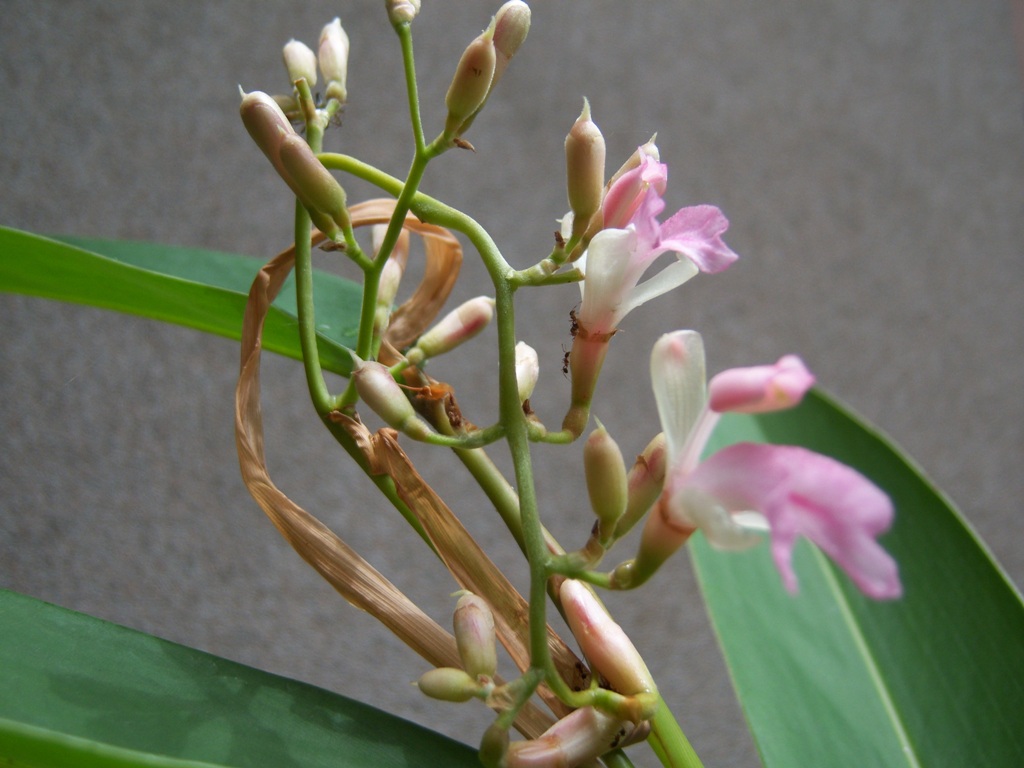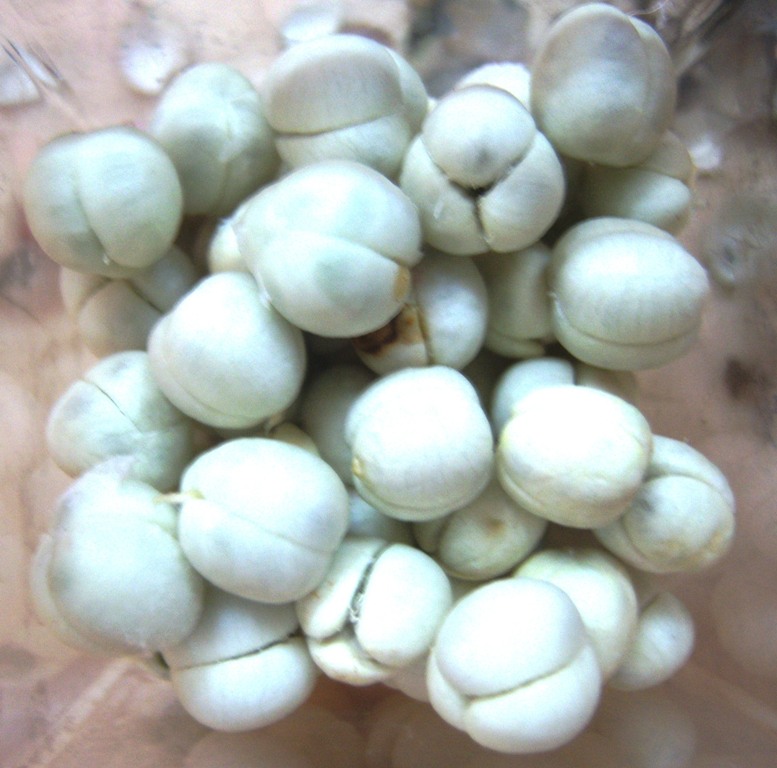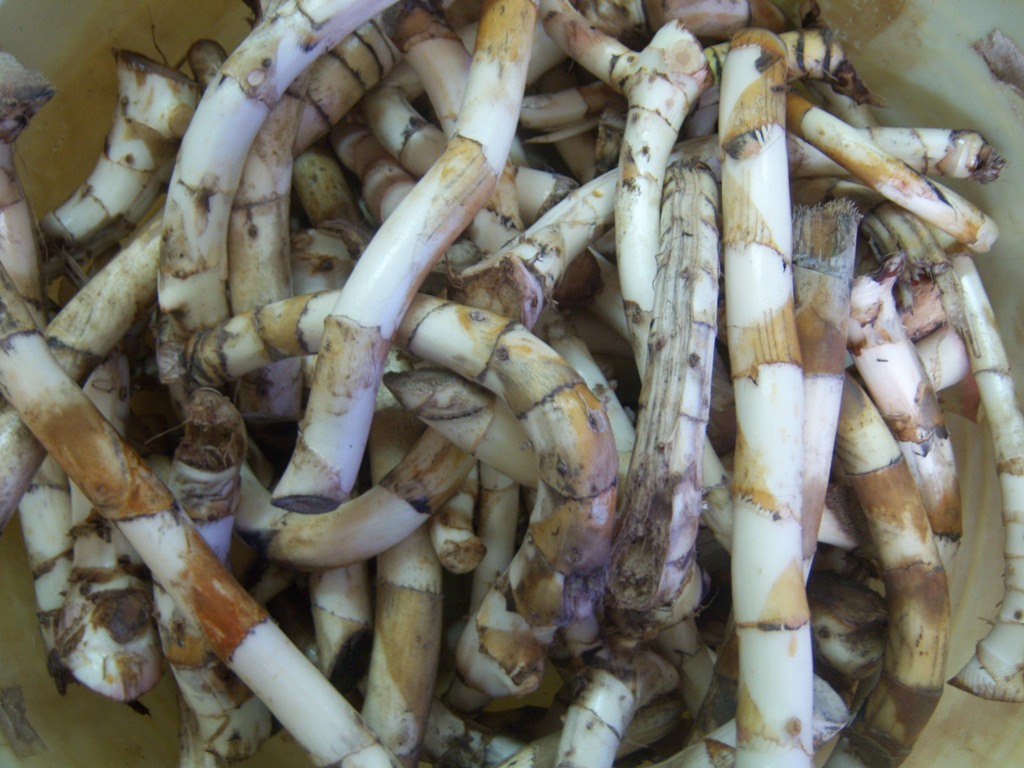Genus: Alpinia
|
Habitat: |
This important family is distributed worldwide with about 50 genera and 1,300 diverse species mainly concentrating in
South and Southeast Asia (Wu and Larson 2000). In India, about 22 genera and 178 species have been reported from North Eastern and peninsular region (Jain and Prakash 1995), whereas North East region alone harbours 19 genera and close to about 88 diverse species (Prakash and Mehrotra 1995). |
Feature: |
The genus as polyphyletic represented by six clades scattered across the tribe Alpinieae (Kress et al. 2005).It consists of evergreen herbs, in which an abscission layer between the rhizome and the leafy shoots is lacking, the plane of distichy of the leaves is transverse to the direction of growth of the rhizome, and the lateral staminodes of the flowers are small, reduced to swellings at either side of the base of the labellum, or are entirely absent. Extrafloral nectaries are absent, and the fruit is usually spherical and indehiscent or fleshy (Kress et al., 2002). |
Economic Importance: |
Alpinia is of great economic importance, with Alpinia nigra as the favorite vegetable diet in Assam. They are cultivated due their high medicinal value in Ayurveda. Many species has versatile uses in aroma industries and inflorescence. |
||
|---|---|---|---|---|---|---|---|
| Medicinal Importance: |
In Asia, especially China (Wu and Larsen, 2000), alpinias are used as medicinals (e.g., A. officinarum Hance) and in cooking (A. galanga (L.) Willd.). | ||||||
Classification
| Alpinia | |
|---|---|
 |
|
| Alpinia | |
| Scientific classification | |
| Kingdom: | Plantae |
| Subkingdom: | Viridaeplantae |
| Infrakingdom: | Streptophyta |
| Division: | Tracheophyta |
| subdivision: | Spermatophytina |
| Infradivision: | Angiospermae |
| Class: | Magnoliopsida |
| Superorder: | Lilianae | Order: | Zingiberales |
| Family: | Zingiberaceae |
| Genus: | Alpinia |








Phylogenetic description
Alpinia is known to be morphogenetically variable but we have noticed the plastidsequence variation is low among the species. The reason behind this could be numerous such as recent diversification, intraspecific hybridization or result of vegetative propogation. The phylogeny of the genus is discussed in detail, HERE.Related publications
1) Ethnomedical uses of Zingiberaceous plants of Northeast India. Tushar, Basak S, Sarma GC, Rangan L. J Ethnopharmacol. 2010 Oct 28;132(1):286-96
2) Alpinia: the gold mine of future therapeutics. Ghosh S, Rangan L, 3 Biotech. 3: 173-185

